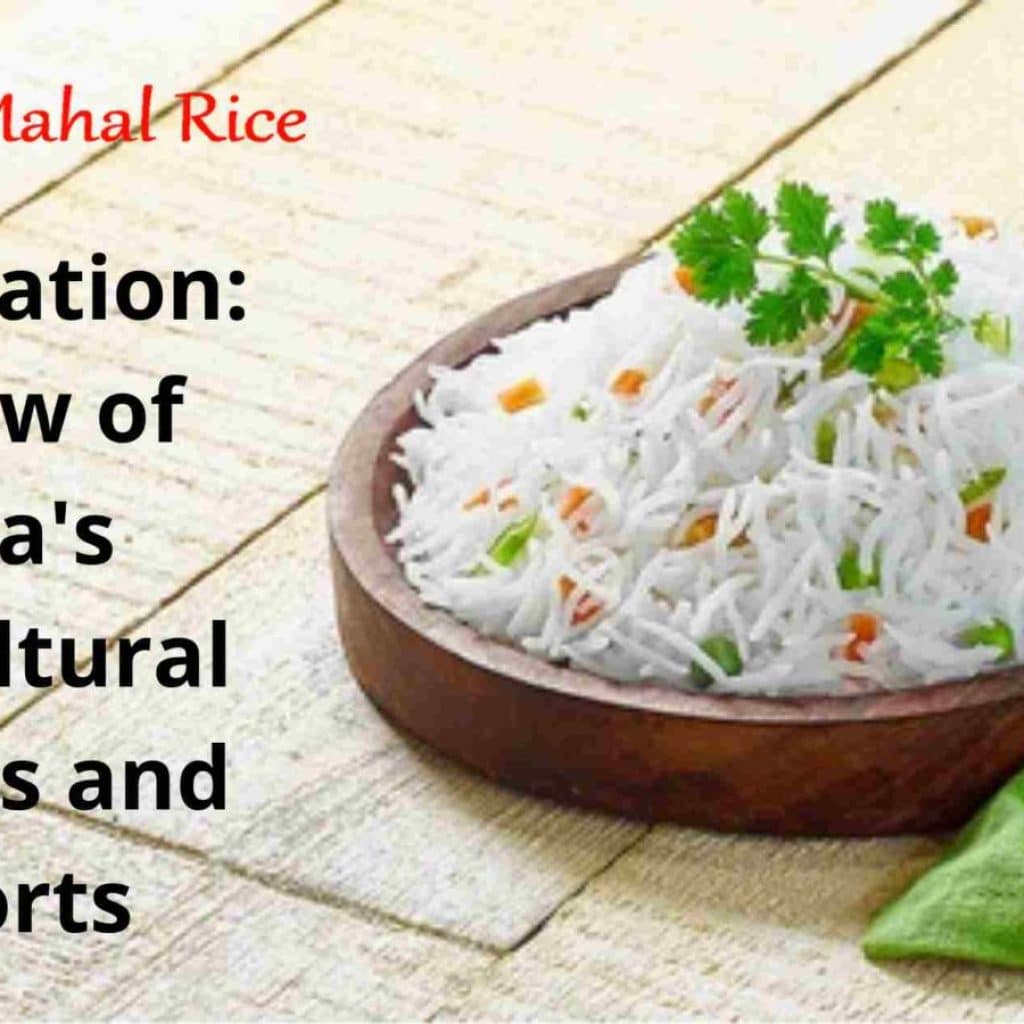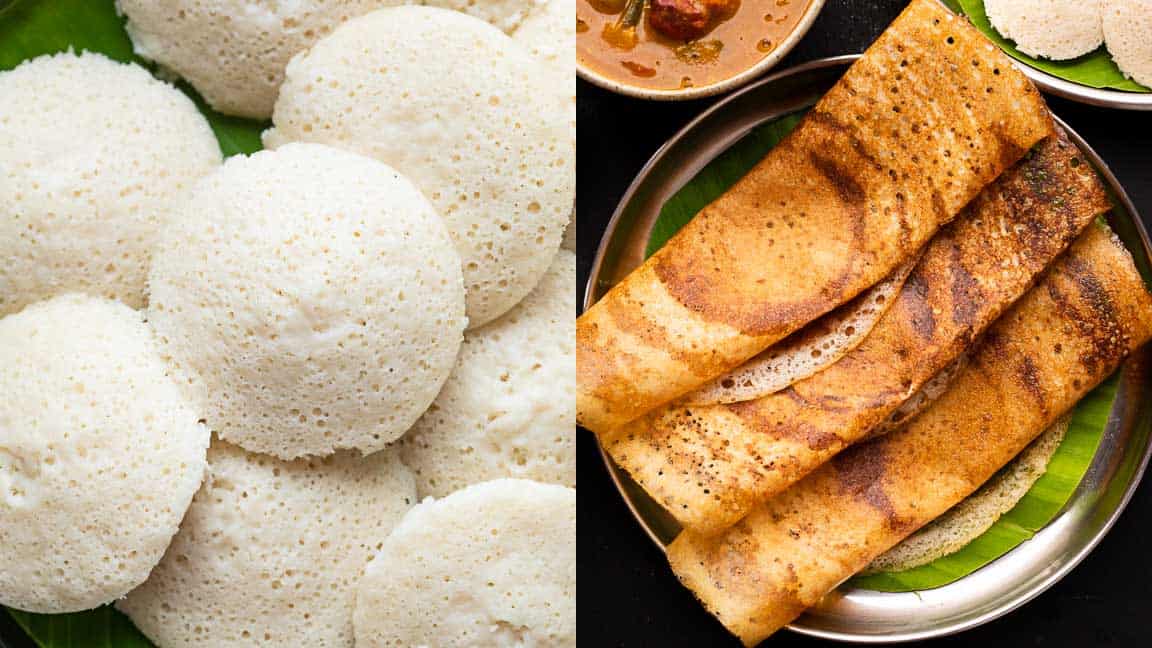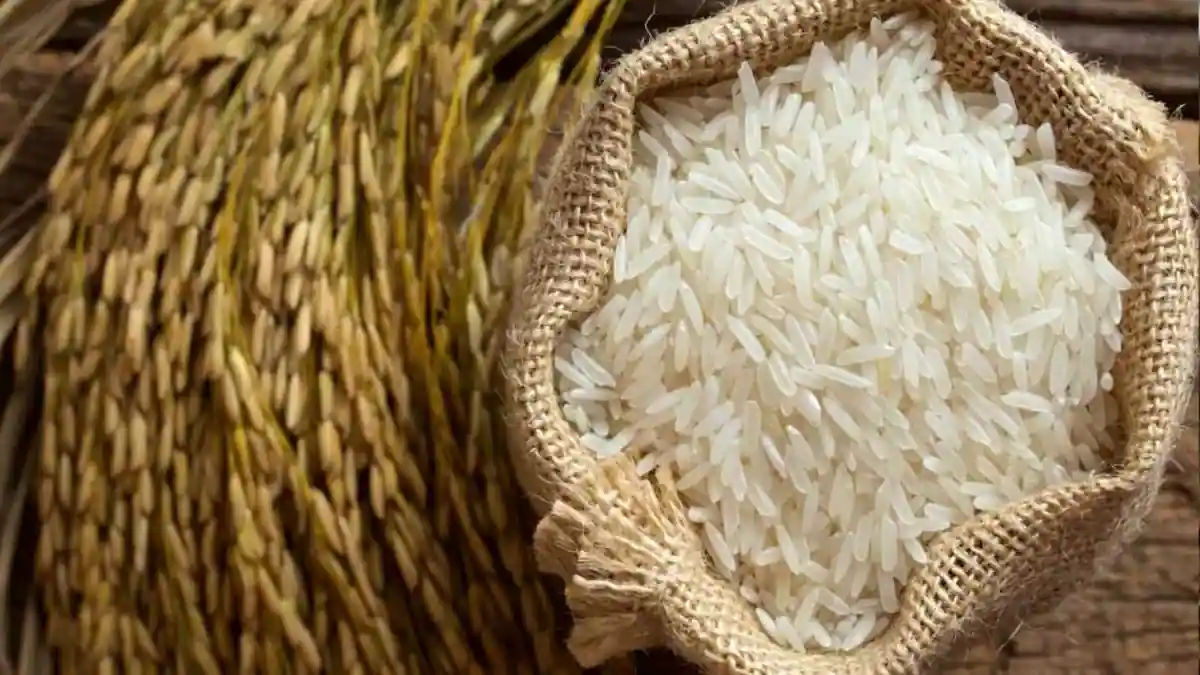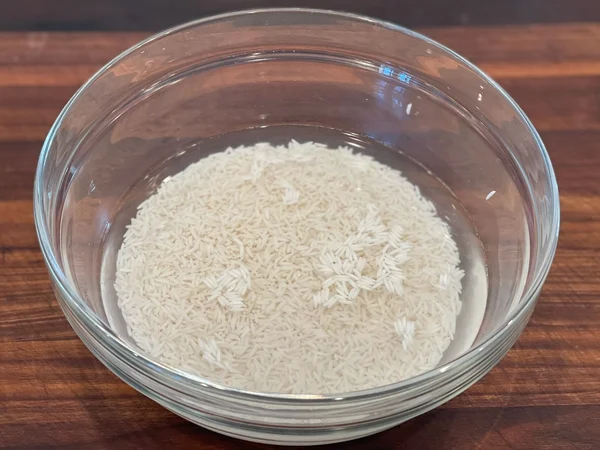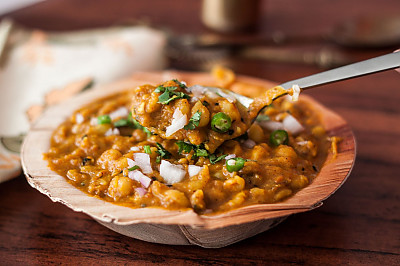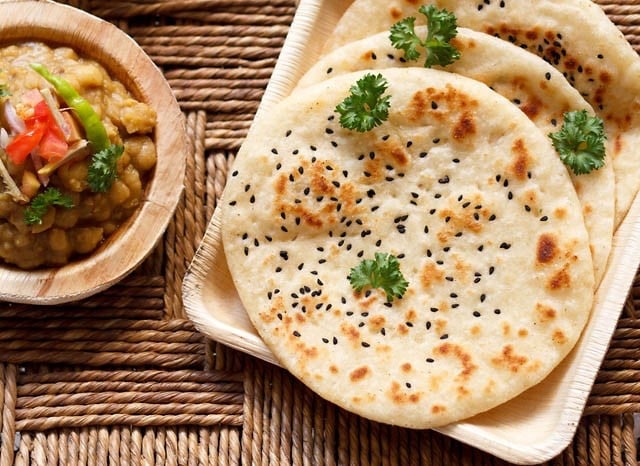India is an agrarian economy and is a significant supporter of the worldwide food bushel, on account of the positive agro-climatic conditions and the rich base of common assets. According to WTO’s Trade Statistics, the portion of India’s rural fares and imports on the planet farming exchange 2017 was 2.27% and 1.90%, individually. India is among the world’s driving makers of numerous products like dairy, grains, flavors, natural products and vegetables, rice, wheat, cotton, and others. Aside from satisfying homegrown interest, Indian farming produce that incorporates agricultural produce, and handled food varieties are traded to in excess of 100 nations on the planet including the US, nations in the Middle East, and the EU. In the midst of the COVID-19 pandemic, the smooth working of the farming area was guaranteed by giving important rules. There was an impressive improvement in the food grain creation and the COVID-19 actuated development limitations worldwide didn’t influence India’s agri-sends out as they did with different items. Concerning agri-imports, India significantly imports vegetable oils, new natural products, heartbeats, and flavors.
Information relating to agribusiness fares and imports for this story has been ordered from the observing dashboard of the division of business.
India’s agribusiness sends out expanded by multiple times and imports by multiple times, in 15 years
India has reliably kept an exchange surplus agrarian items throughout the long term. India’s agri-trades expanded from Rs. 38,078 crores in 2004-05 to Rs. 2.7 lakh crores in 2018-19, enlisting an expansion of almost multiple times in the range of 15 years. Nonetheless, in 2019-20, there was a drop in send out by around 8%. Between April 2020 and February 2021 of 2020-21, India’s agri-sends out have effectively crossed the 2019-20 levels, showing development in agri-trades for 2020-21 in accordance with the prior patterns.
Moreover, the import of agrarian items has likewise expanded throughout the long term. In 2004-05, agri-imports were worth Rs.18,924 crores which went up to Rs. 1.68 lakh crores in 2016-17, recording a development of right around multiple times. Nonetheless, since 2016-17, the worth of imports dropped to arrive at Rs. 1.42 lakh crores in 2018-19. In 2019-20, India’s agri-imports were worth Rs.1.51 lakh crores and in 2020-21, up to 28 February 2021, the imports were worth Rs.1.44 lakh crores.
India’s Agri-sends out has filled despite the pandemic
Correlation of fares of agribusiness and associated items by esteem during the initial 11 months of 2019-20 and 2020-21 shows that the fares during April 2020 and February 2021 were Rs. 2.69 lakh crore when contrasted with Rs. 2.27 lakh crore during a similar period in 2019-20, showing an expansion of 18.4%. In the mean time, the imports had likewise expanded by 2.38%, from that Rs. 1.4 lakh crores to nearly Rs. 1.44 lakh crores during a similar period in 2019-20 and 2020-21 individually. It very well may be seen that the farming fares in the initial 11 months of 2019-20 represented 91.2% of the general horticulture trades in 2019-20. Essentially, on account of imports, these 11 months represented 93% of the multitude of imports in 2019-20. In the event that a similar pattern proceeds in 2020-21, India’s fares and imports may develop further when information for every one of the a year of 2020-21 is accessible. Regardless of the COVID-19 pandemic, the fares in the farming area were not as seriously influenced as different areas.
India’s Agri-trades has filled despite the pandemic
Examination of fares of agribusiness and united items by esteem during the initial 11 months of 2019-20 and 2020-21 shows that the fares during April 2020 and February 2021 were Rs. 2.69 lakh crore when contrasted with Rs. 2.27 lakh crore during a similar period in 2019-20, showing an increment of 18.4%. In the interim, the imports had likewise expanded by 2.38%, from that Rs. 1.4 lakh crores to nearly Rs. 1.44 lakh crores during a similar period in 2019-20 and 2020-21 separately. It tends to be seen that the agribusiness sends out in the initial 11 months of 2019-20 represented 91.2% of the general farming fares in 2019-20. Essentially, on account of imports, these 11 months represented 93% of the relative multitude of imports in 2019-20. In the event that a similar pattern proceeds in 2020-21, India’s fares and imports may develop further when information for every one of the a year of 2020-21 is accessible. In spite of the COVID-19 pandemic, the fares in the horticulture area were not as seriously influenced as different areas.
Vegetable oils comprise the greater part the import of horticulture items in India
About 54% or the greater part the agri-imports by India is of vegetable oils. India’s vegetable oil imports in 2020-21, up to February 2021, are worth Rs. 74,286 crores. Other major agri-imports are new organic products, heartbeats, flavors, and cashew. Together, the five items represent 80% of India’s agri-imports.
On account of different items, there is a development in India’s sugar imports in 2020-21 by 88%. Import of other oil seeds developed by 72%, marine items by 25%, beats by 19%, and new natural products by 11%. In any case, this expansion was killed by the drop in imports of crude cotton (72%), Non-Basmati rice (71%), different oats (69%), flavors (24%), oil dinners (26%), cocktails (19%), random prepared things (18%), and cashew (17%).
Interest for different items has expanded
India additionally sends out new and prepared food to in excess of 100 nations across the world. The expansion in trades has been credited to the expanded interest from different nations. Following explicit interest, NAFED sent out 50,000 MT wheat to Afghanistan and 40,000 MT wheat to Lebanon under the G2G game plan. Essentially, the expanded fare of rice is because of fares to nations like Timor-Leste, Papua New Guinea, Brazil, Chile, Puerto Rico, Togo, Senegal, Malaysia, Madagascar, Iraq, Bangladesh, Mozambique, Vietnam, Tanzania Republic, and Madagascar. There was likewise an expansion popular for Pulses, Processed products of the soil, cereals arrangements, and different things from the Middle East, Far East, USA, and UK markets.
APEDA regulates horticulture trades in India
Agrarian and Processed Food Products Export Development Authority (APEDA) is liable for the fare advancement and improvement of recorded items including meat items, dairy items, gardening items, agriculture, restorative plants, and so on It assumes a significant part in reinforcing India’s fare potential alongside empowering better value acknowledgment.
A portion of the activities taken by APEDA to help agribusiness sends out during the pandemic remember advancement for virtual purchaser vender meets, arrangement of items explicit fare advancement gatherings, facilitating item advancement gatherings and online courses consistently for getting issues, and settling them, and advancement of GI items, among others. Under the Agriculture and Processed Foods Export Promotion Scheme of APEDA, monetary help was accommodated foundation improvement, Quality Development, and Market Promotion.

